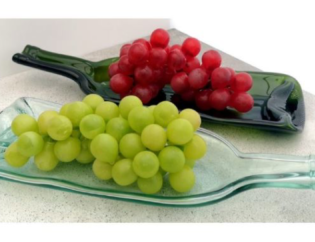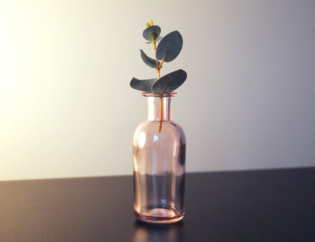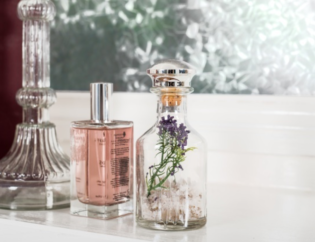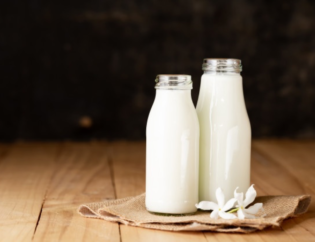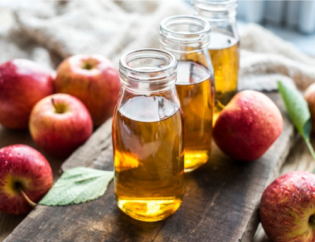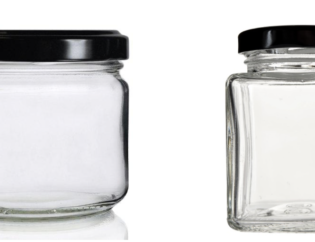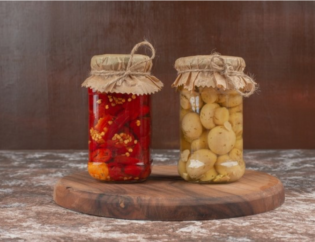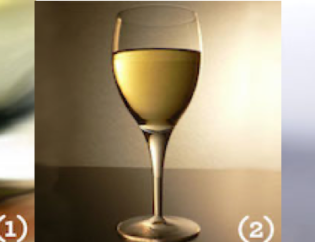
A person’s first impressions take a few seconds to assess, but a customer’s comparison of your product to the competitors on the shelf takes a fraction of that time. It is possible that a buyer will not try your product before purchasing it. The cover of a book or the packaging of a product may also be used to gauge quality. The material comes into play here. Although Glass and plastic are the most common materials for jars, bottles, and jugs, there are a few strong reasons to choose Glass Bottles over plastic.
Quality as the public views it
Glass jars present food more appealingly than do plastic containers. Nothing beats Glass when it comes to appearance, feel, and weight. It is essential for luxury fruit drinks, handmade iced lattes, and other companies that want to create a sophisticated image for promotional purposes.
Features And Chemical Compatibilities
In the pharmaceutical and personal care industries, Glass’s inertness and impermeability make it ideal for sensitive items and long-term storage of liquids, such as spirits and alcoholic beverages. It keeps fizzy drinks bubbling longer because it is less permeable to CO2 and O2. Pasteurization has little effect on glass containers because of their high-temperature resistance and lack of distortion.
Recycling and Environmental Concerns
Even though it takes more energy to make and ship, Glass is entirely recyclable. It means that when Glass is recycled, the quality of the final product is not compromised. Reusing Glass is an option due to its ease of cleaning and sanitization. Plastics degrade over time, even if they can be recycled. According to this statement, plastic bottles are often utilized to make synthetic clothing or carpets rather than new bottles when they are recycled.
Toxicity
Using glass containers does not pose any health risks because they do not contain hazardous substances or compounds. Its porosity is lower than that of plastics. Even if you keep it in a sealed container for an extended amount of time, it will not get into your products. People are turning to organic and natural products like Glass as they become more aware of the dangers of bisphenol A (BPA) and other potentially hazardous compounds in plastics.
Isn’t Glass Beautiful?
Plastic can’t compare to the cleanliness of Glass. A nonporous glass surface prevents bacteria from being absorbed (and smells). Extreme heat can be safely used to clean Glass in a dishwasher. You can save money by reusing and recycling your glass jars. You don’t have to wait for the food to cool down fully before storing it in a container of your choice. Ceramic and stainless steel containers are opaque; Glass is transparent. Because you can see inside a Glass container during reheating, you can keep an eye on your food without having to touch the lids.
Nothing tastes better when served in a glass container than in a plastic container. Glass, on the other hand, does not include phthalates or polycarbonate, two of the most harmful substances found in plastic. When you use a Glass Container, you can rest assured that nothing will seep into the liquid you’re drinking. If you’re not concerned about recycling, you’re more likely to reuse your jars, bottles, and containers in various creative ways.
Furthermore, Glass is more resilient and will last longer than petroleum-based materials without releasing dangerous chemicals into the environment. The beauty of Glass is undeniable. It records the lives of our forefathers and foremothers. It has a nostalgic and romantic feel. There is no way you would throw an essential message into the ocean in a plastic bottle.


